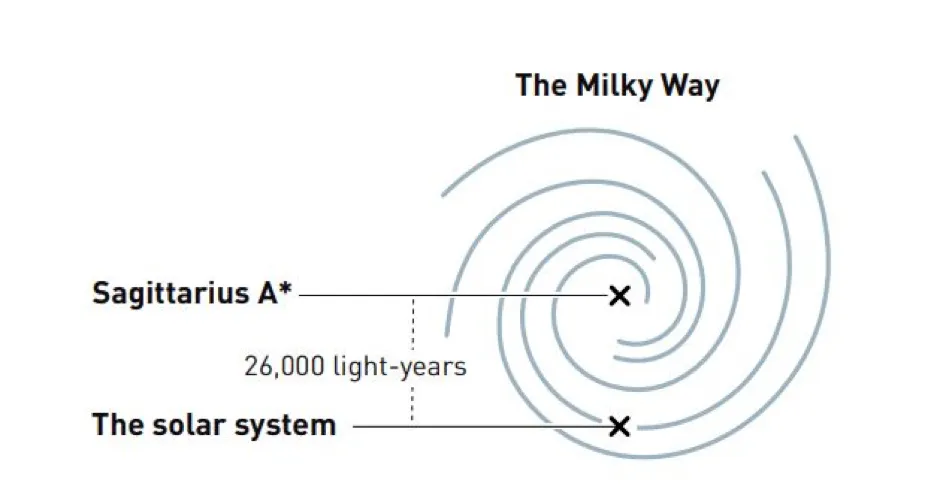A British scientist has been awarded the 2020 Nobel Prize in physics for his work on showing the general theory of relativity leads to the formation of black holes.
Mathematical physicist Sir Roger Penrose shares the prize with Reinhard Genzel and Andrea Ghez, who discovered that an invisible and extremely heavy object governs the orbits of stars at the centre of our galaxy. A supermassive black hole is the only currently known explanation.
The Royal Swedish Academy of Sciences made the announcement on Tuesday, setting out that Sir Roger would take home half of the 10 million Swedish kronor (£864,000) prize, with the other two winners splitting the other half.
Read more about black holes:
- Can life exist around a black hole?
- Planet Nine could be a grapefruit-sized black hole, say astrophysicists
- Supermassive black holes may not be as massive as we thought
Sir Roger, who was born in Colchester in 1931, used “ingenious mathematical methods” in his proof that black holes are a direct consequence of Albert Einstein’s general theory of relativity, the committee said.
It added that Einstein did not himself believe that black holes – super-heavyweight monsters that capture everything that enters them – really exist.
In January 1965, 10 years after Einstein’s death, Sir Roger, Emeritus Professor at the Mathematical Institute of the University of Oxford, proved that black holes really can form and described them in detail – at their heart, black holes hide a singularity in which all the known laws of nature cease.
The panel said: “His groundbreaking article is still regarded as the most important contribution to the general theory of relativity since Einstein.”
Professors Genzel and Ghez, born in Germany and America respectively, each lead a group of astronomers that, since the early 1990s, has focused on a region called Sagittarius A* at the centre of our galaxy.
The orbits of the brightest stars closest to the middle of the Milky Way have been mapped with increasing precision.
The measurements of these two groups agree, with both finding an extremely heavy, invisible object that pulls on the jumble of stars, causing them to rush around at dizzying speeds.

Around four million solar masses are packed together in a region no larger than our solar system.
Using the world’s largest telescopes, the pair developed methods to see through the huge clouds of interstellar gas and dust to the centre of the Milky Way.
According to the committee, their pioneering work has given us the most convincing evidence yet of a supermassive black hole at the centre of the Milky Way.
“The discoveries of this year’s Laureates have broken new ground in the study of compact and supermassive objects,” said David Haviland, chair of the Nobel committee for physics.“But these exotic objects still pose many questions that beg for answers and motivate future research.
“Not only questions about their inner structure, but also questions about how to test our theory of gravity under the extreme conditions in the immediate vicinity of a black hole.”
Reader Q&A: Do black holes collapse?
Asked by: Patricia Rodrigues, King’s Lynn
The Schwarzschild radius (event horizon) of a black hole is sometimes thought of as the black hole’s ‘size’. It is proportional to mass, which means that more massive black holes have bigger Schwarzschild radii.
Left alone, black holes lose mass due to ‘Hawking radiation’, so that their event horizons are slowly shrinking. A typical black hole would take many billions of times the age of the Universe to completely ‘evaporate’ and disappear.
But, the interior of the black hole, or its ‘singularity’ (the point at which all the black hole’s matter is concentrated) has already reached the limit of its density and cannot ‘collapse’ any further.
Read more about black holes:

